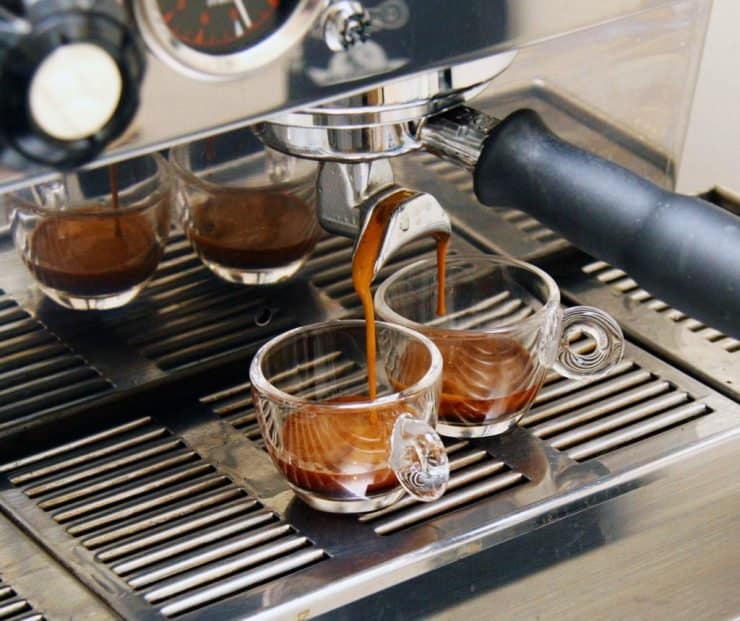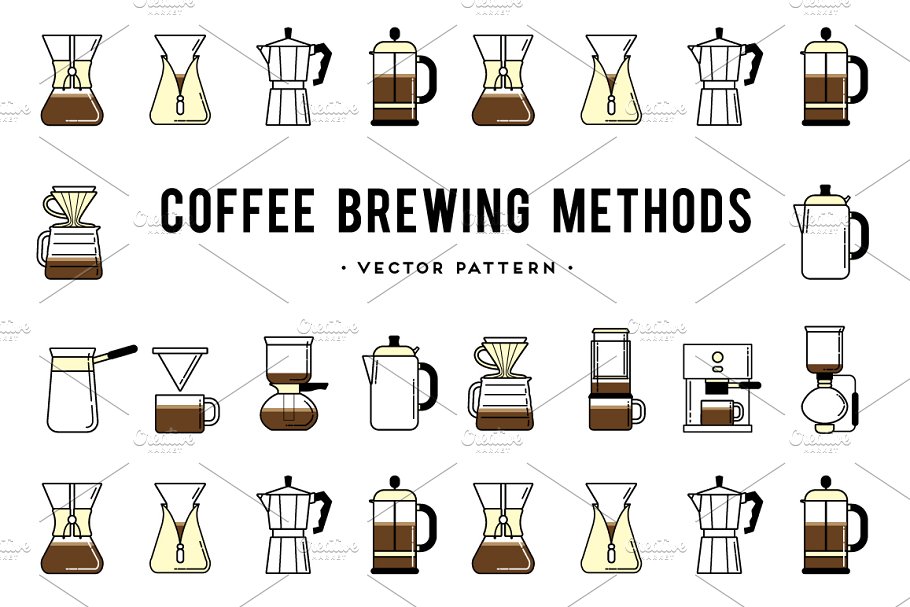Cutting-edge Coffee Brewing Methods to Elevate Your Early Morning Routine
Cutting-edge Coffee Brewing Methods to Elevate Your Early Morning Routine
Blog Article
Exploring the Art of Coffee Developing: A Comprehensive Guide to Developing Your Mug
The art of coffee brewing is a complex discipline that combines science with individual expression, where the choice of beans, water high quality, and developing techniques converge to create a polished sensory experience. Recognizing the nuances of various coffee beans, specifically the differences in between Arabica and Robusta, is necessary for any enthusiast. The choice of suitable equipment and careful attention to brewing parameters can substantially affect the last result. As we explore these aspects, one must take into consideration how even minor modifications can result in profound changes in flavor and aroma-- what might these adjustments disclose regarding your excellent mug?
Comprehending Coffee Beans
To absolutely appreciate the art of coffee brewing, one must first understand the fundamental aspect: coffee beans. These small seeds, commonly stemmed from the Coffea plant, are vital in determining the flavor profile, fragrance, and total high quality of the brewed beverage. Coffee beans mostly fall under 2 classifications: Arabica and Robusta. Arabica beans, known for their fragile tastes and higher level of acidity, are usually favored by lovers. In contrast, Robusta beans possess a stronger, a lot more bitter taste and higher caffeine web content, making them appropriate for espresso blends.

Moreover, the handling technique-- whether cleaned, natural, or honey-- impacts the beans' final preference. Understanding these components allows brewers to pick the right beans that align with their chosen taste profile, ultimately enhancing the coffee brewing experience. coffee brewing methods. This comprehension is crucial for anyone desiring master the craft of brewing the perfect cup of coffee
Brewing Techniques Clarified
Numerous enthusiasts find that the choice of developing method considerably impacts the last flavor and scent of their coffee. Each approach harnesses various removal techniques, affecting the coffee's character and richness.
Drip developing, among the most preferred methods, makes use of a maker to drip hot water via ground coffee, producing a constant and tidy cup. French press, on the other hand, submerses coffee grounds in warm water, permitting for a fuller body and more durable taste, as oils and fine particles continue to be in the mixture.
Pour-over developing supplies a careful method, where water is manually poured over coffee grounds, permitting exact control over removal time and temperature, causing a nuanced and intense mug.
Coffee, a concentrated coffee brewed under pressure, is known for its solid flavor and creamy appearance, serving as the base for numerous coffee drinks, including cappuccinos and lattes.
Vital Tools Needed
The structure of any kind of effective coffee developing process lies in high quality equipment tailored to your favored method. A reliable coffee mill is critical; freshly ground beans significantly boost flavor and fragrance.
Following, consider your brewing gadget. Alternatives range from drip coffee makers and pour-over arrangements to French presses and espresso equipments. see here Each method supplies unique flavor accounts and developing methods, so choose one that lines up with your taste choices.
A specific scale is also important, permitting you to gauge coffee and water accurately, which is essential for uniformity. Additionally, a thermometer can assist check water temperature level, as it directly affects extraction top quality.
Mastering Water Quality
The quality of water made use of in developing coffee plays a significant function in determining the last taste account of the cup. Various factors add to water top quality, consisting of mineral material, pH level, and general pureness. Ideally, water should be without pollutants and contaminants, as these can negatively influence the preference of coffee.
Minerals, such as calcium and magnesium, boost the extraction of flavors from the coffee grounds, while preserving a balanced pH degree-- around 6.5 to 7.5-- is essential for optimum extraction. Water that is also soft may cause under-extraction, leading to weak or sour flavors, while overly tough water can produce a bitter or extreme cup.
For the very best results, filtered water is suggested, as it lowers the presence of chlorine and other undesirable substances usually discovered in tap water. Additionally, think about using water with an Overall Dissolved Solids (TDS) degree between 150-200 ppm, which is usually suitable for coffee developing. By mastering water top quality, you can lay a solid foundation for achieving a continually outstanding cup of coffee, enabling the distinct characteristics of your picked beans to beam through.

Tips for Flavor Improvement
Enhancing the taste of your coffee can dramatically elevate your brewing experience and bring out the unique subtleties of your selected beans. To accomplish this, consider several crucial aspects that influence preference.
Firstly, the grind size plays a critical duty. A finer grind increases extraction, causing bolder flavors, while a coarser work yields a milder cup. coffee brewing methods. Change your work according to your developing technique to accomplish ideal outcomes
Secondly, trying out mixture time. Over-extraction can lead to bitterness, while under-extraction cause a sour preference. Go for a mixture time that stabilizes these extremes, generally in between two to 4 minutes, depending on your method.
Developing with water that is too hot can scorch the coffee, while water that is as well cool may fail to extract sufficient taste. In conclusion, the art of coffee developing is a complex technique that calls for a deep understanding of various aspects, consisting of bean selection, developing techniques, and water top quality. By integrating these elements, coffee fanatics can raise their developing strategies, resulting in a cup that not just pleases individual choices however additionally showcases the abundant complexity of coffee tastes.
The art of coffee brewing is a multifaceted self-control that combines science with individual expression, where the choice of beans, water top quality, and developing methods merge to produce a polished sensory experience.To really value continue reading this the art of coffee developing, one must first comprehend the fundamental element: coffee beans. Brewing with water that is also hot can blister visit this page the coffee, while water that is too cool may fail to draw out sufficient taste. In conclusion, the art of coffee developing is a diverse practice that calls for a deep understanding of different elements, including bean choice, brewing techniques, and water high quality. By integrating these elements, coffee enthusiasts can raise their developing strategies, resulting in a cup that not only pleases personal preferences however additionally showcases the abundant complexity of coffee flavors.
Report this page